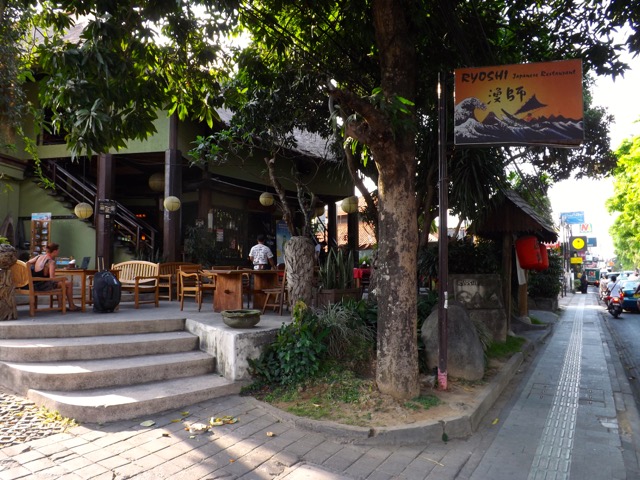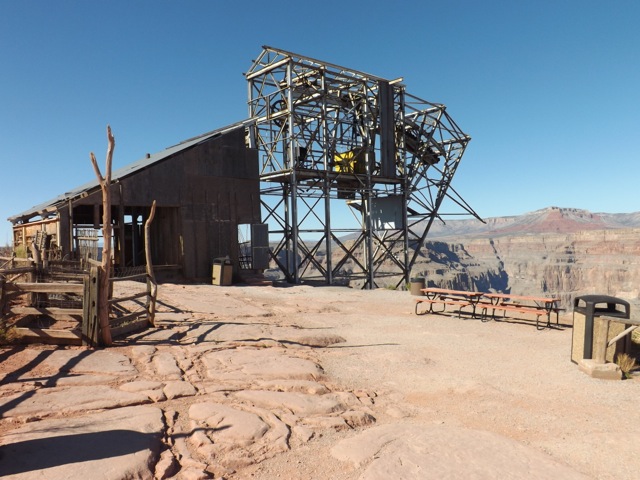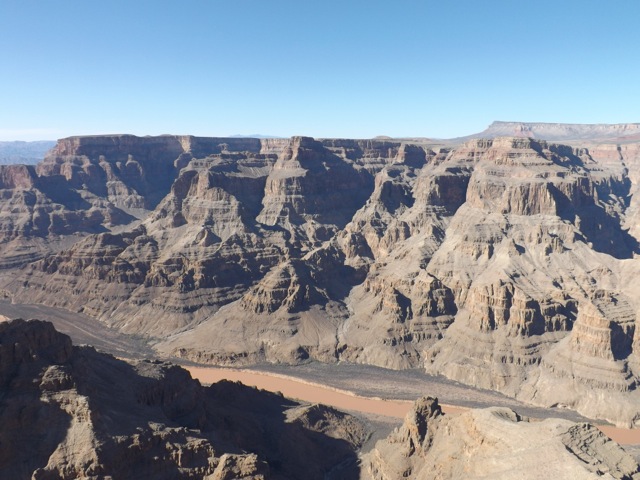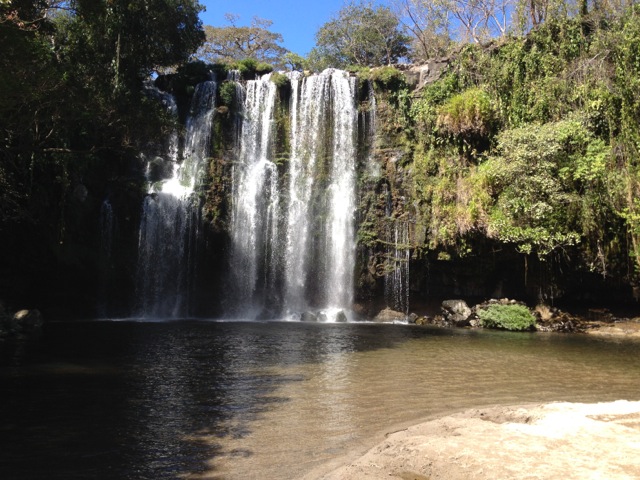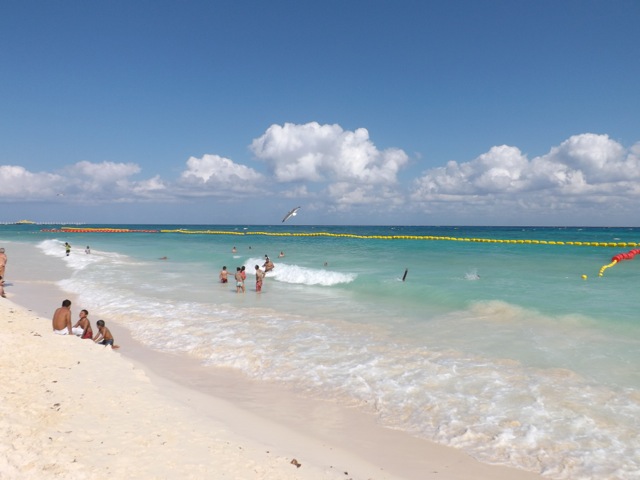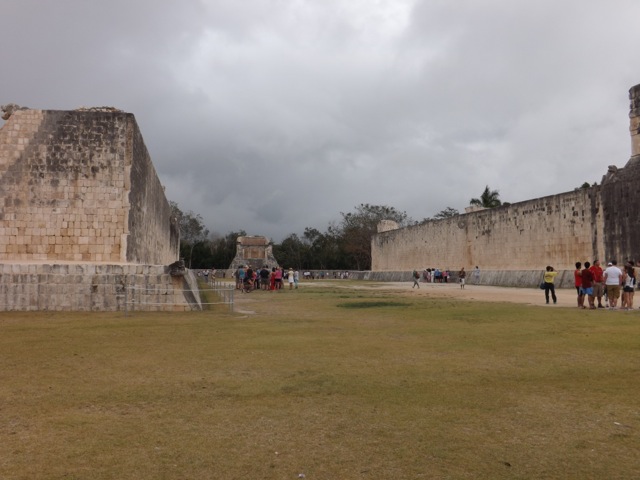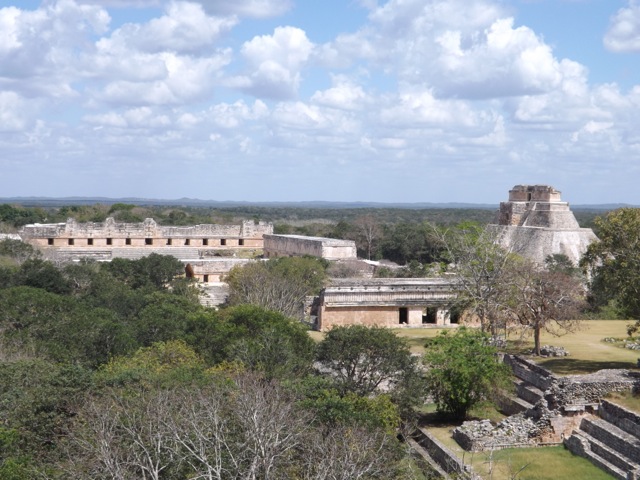After the constant moving of the Camino de Santiago over 34 days, followed by three days in both Madrid and Lisbon, a friend and I decided to spend 6 days exploring the city of Seville in Southern Spain.

Seville is the fourth largest city in Spain, and the capital of the large Andalusian province covering much of the country’s southern Mediterranean Coast. The city was said to have been founded by mythical Hercules in the 9th century BC as a centre of trade.
Streets of Seville
Staying in the centre of the city can be crazy. Like many old cities, the thin streets are like crazy spiderwebs with small entrances and exits, twisting turns, restaurants and cafes sprinkled throughout the maze. It took me several days to get used to it. We stayed in two separate locations, one in the centre and one just outside. The maze continues beyond the thin streets, but throws roads and vehicles into the mix with the slow walking locals. Seville has a large shopping areas right next to the maze.
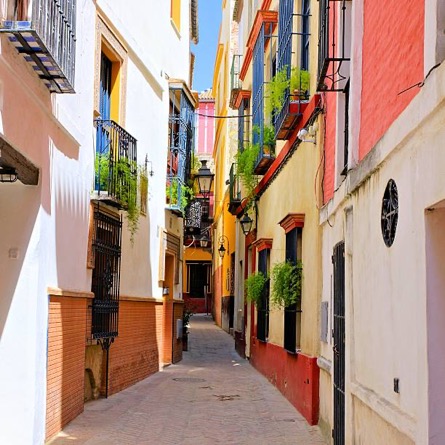
Seville Cathedral
The Cathedral of Saint Mary of the See was originally built as a grand mosque in 1172, it was christianised then torn down and rebuilt in 1401 as the grand gothic structure it currently is.
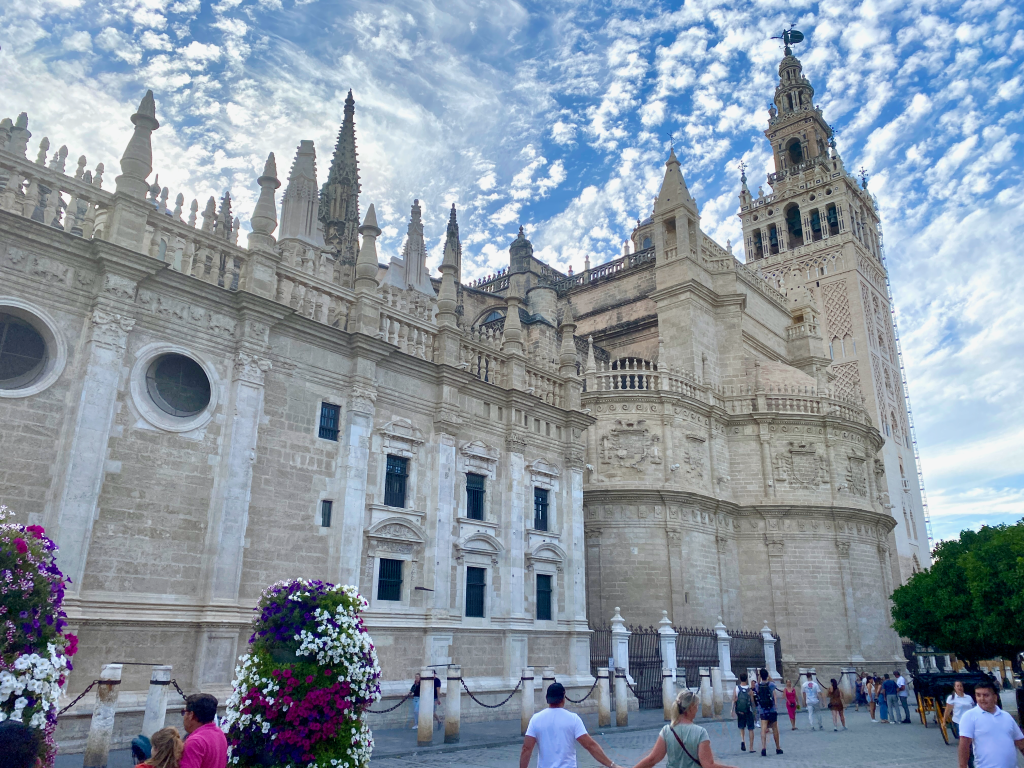
On its completion in the early 16th century, it became the largest Cathedral in the world, replacing the Byzantine church which had held the title for a thousand years. It has since been surpassed by three other structures: St Peter’s Basilica, Cathedral Basilica of our lady Aparecida and Milan Cathedral. Having spent time exploring several other Cathedrals in recent weeks we decided not to explore the interior.
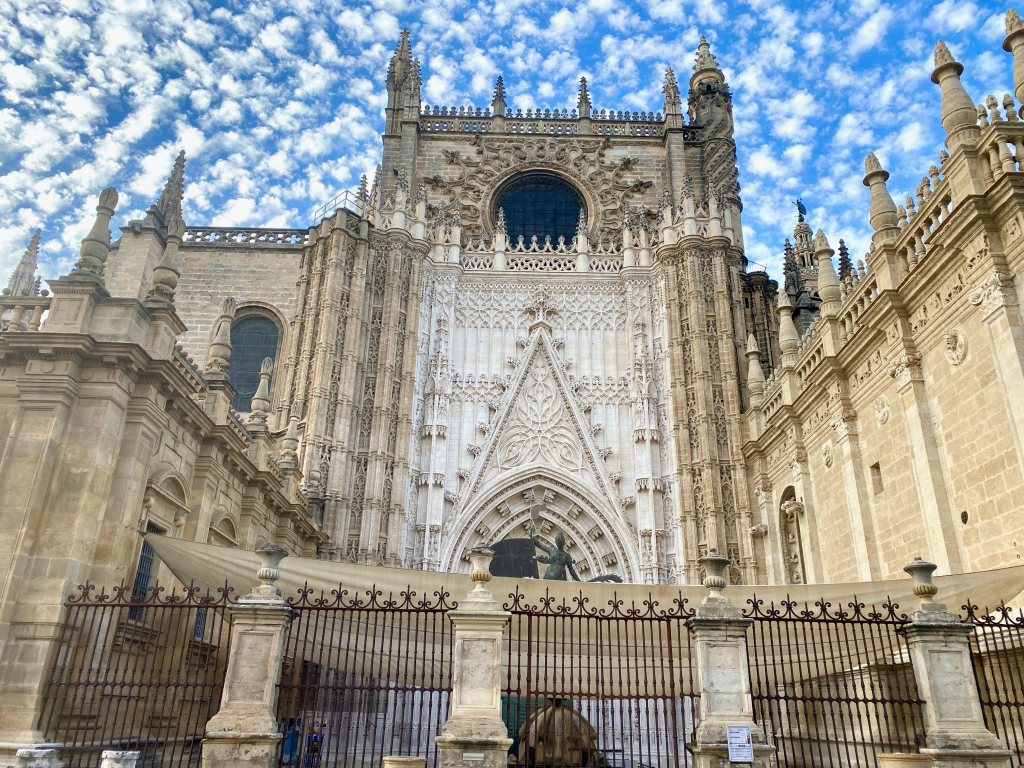
Alcazar de Seville
Situated beside the Seville Cathedral, the Seville Alcazar is a royal palace which was begun in 913 under Muslim rule and took 500 years to complete, during which changes in architectural styles took place.
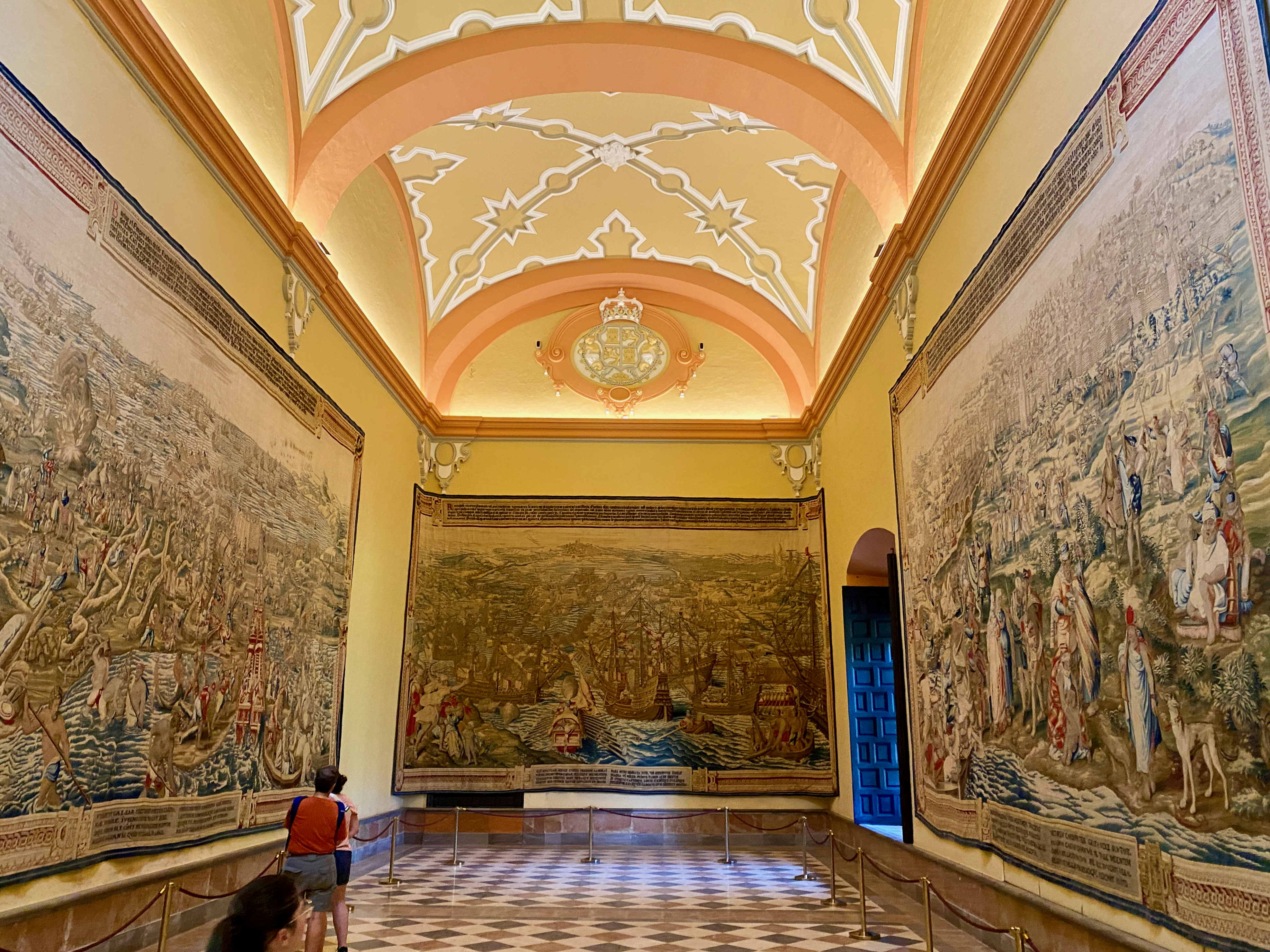
These can be seen throughout with different areas in the palace looking decidedly different. We took a day tour of the building, listening to an audio guide as we went. The gardens surrounding the back of the palace are immense.
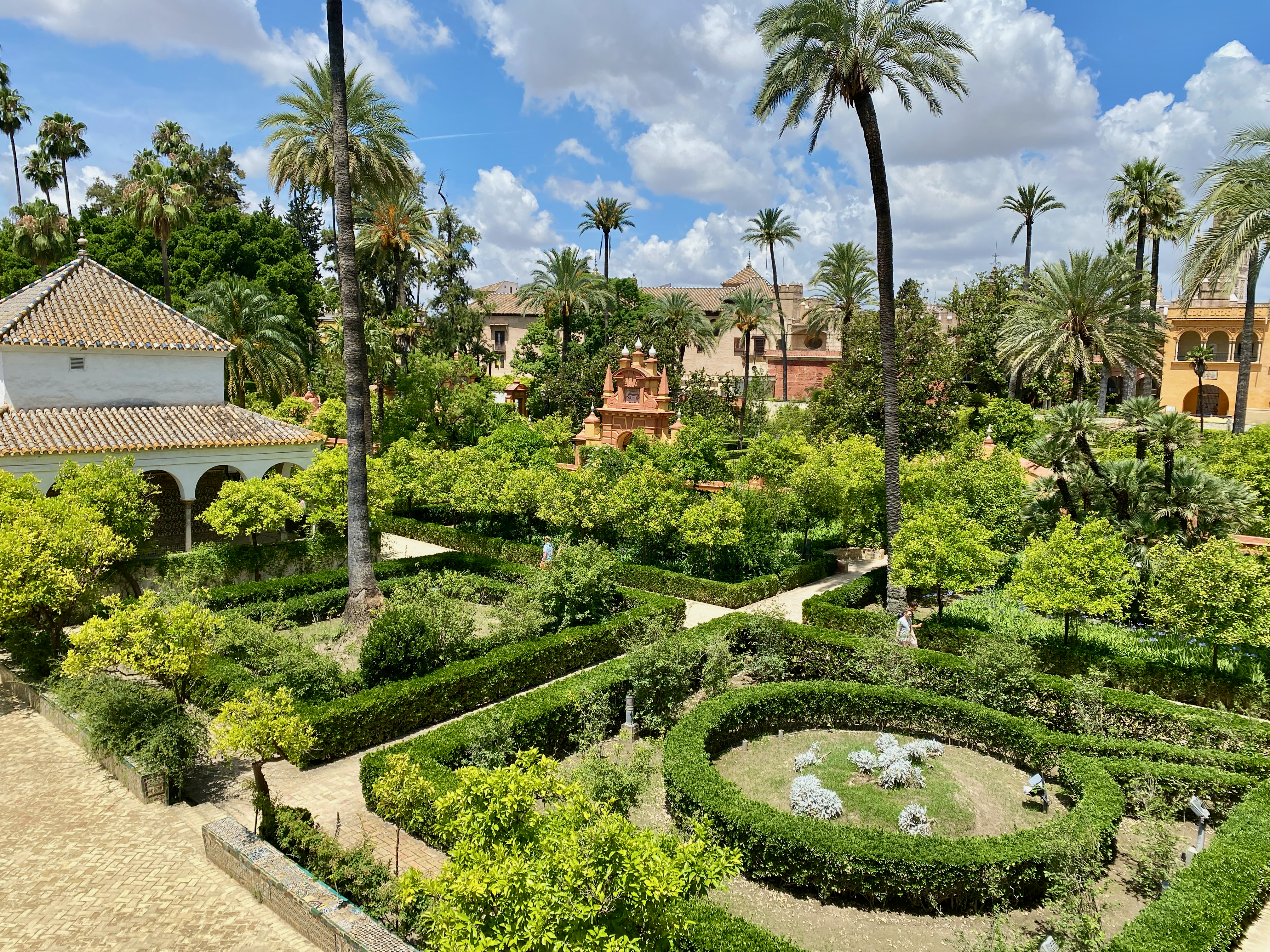
Plaza de Espana
This semi-circular square was built in 1929 and is the most famous square in Seville. It was designed in the renaissance style with a stream running through it crossed by bridges. It’s surrounded by the large Parque de Maria Luisa.
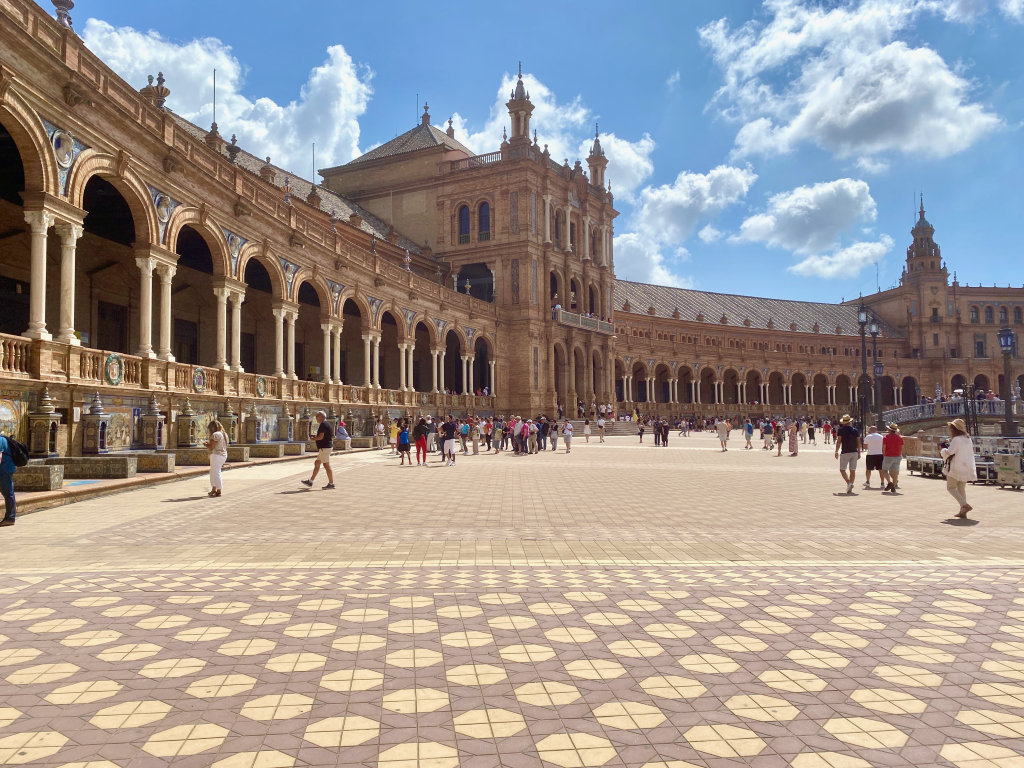
The semicircular building is fringed by tiled seated areas each detailing a province in detail. We spent some time here in both the day and the night. During the day there are performances by dancers and musicians at various places along the plaza. At night, the lights gave it a little more magical feel.
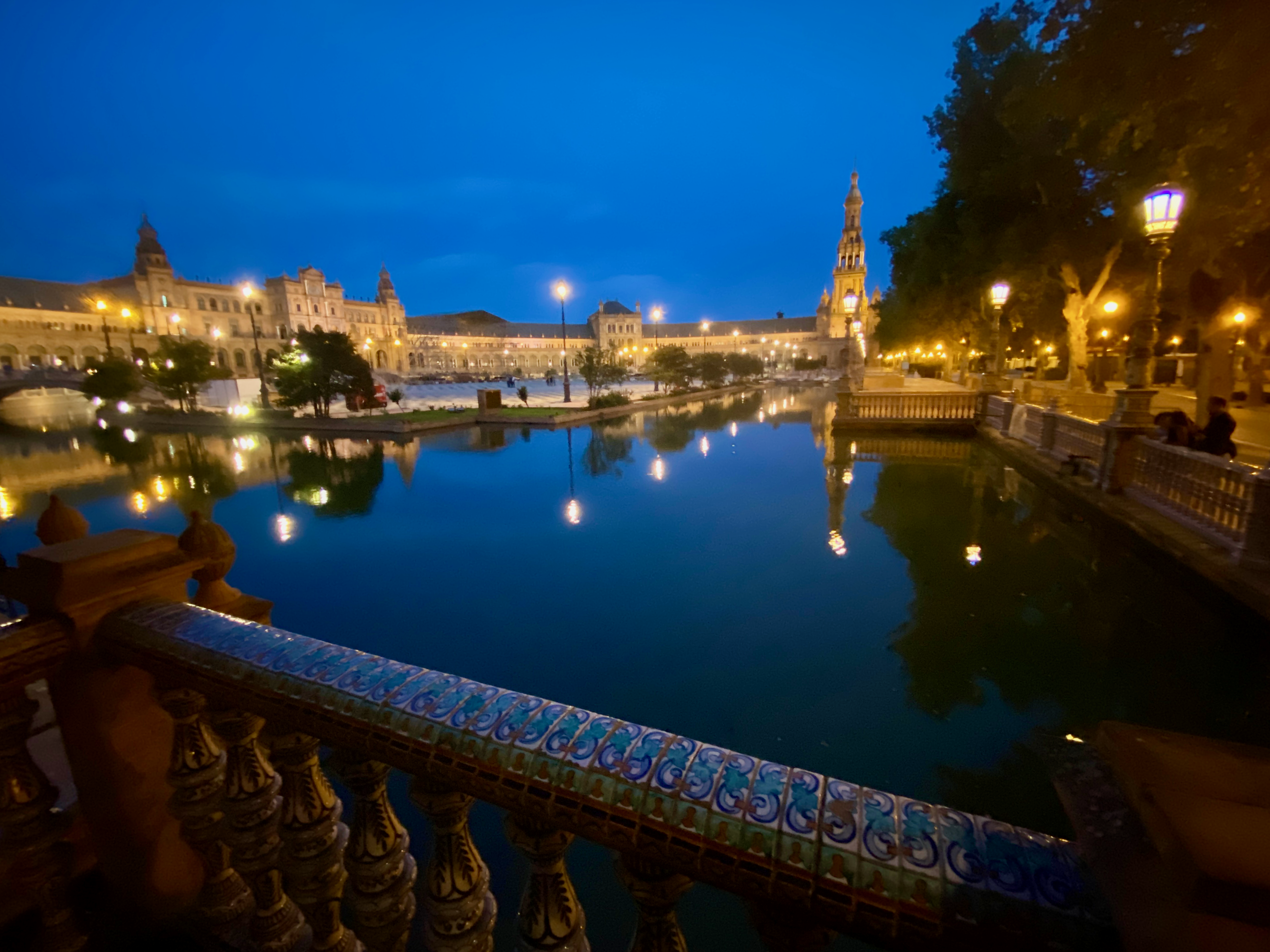
Torre the Oro
This 12th century tower is 36m tall and is known as the Tower of Gold. It was built to control maritime transport along the Guadalquivir river beside which is was built. A heavy chain just under the water helped to stop invading boats coming into the city. Today it hosts a naval museum.
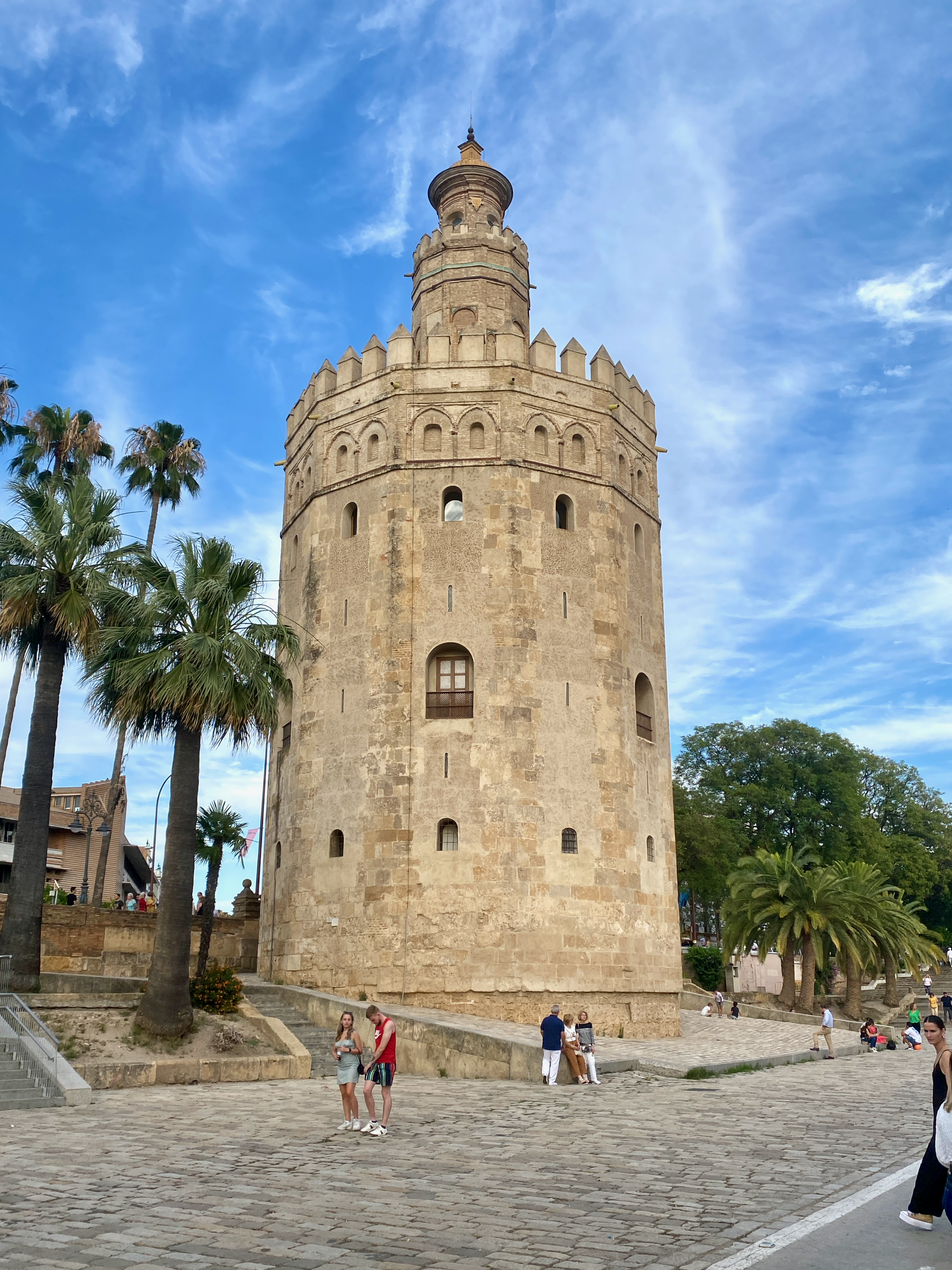
Plaza de toros de la Real Maestranza de Caballería de Sevilla
A visit to Seville is not complete without a tour of one of the most famous bull rings in Spain, which could hold 12,000 people including a box for royalty.

The audio guide going along with the tour detailed the different parts of the ring, and included access to the small museum. Much of the guide went into the feelings of the various members of the crew including the bullfighter himself.
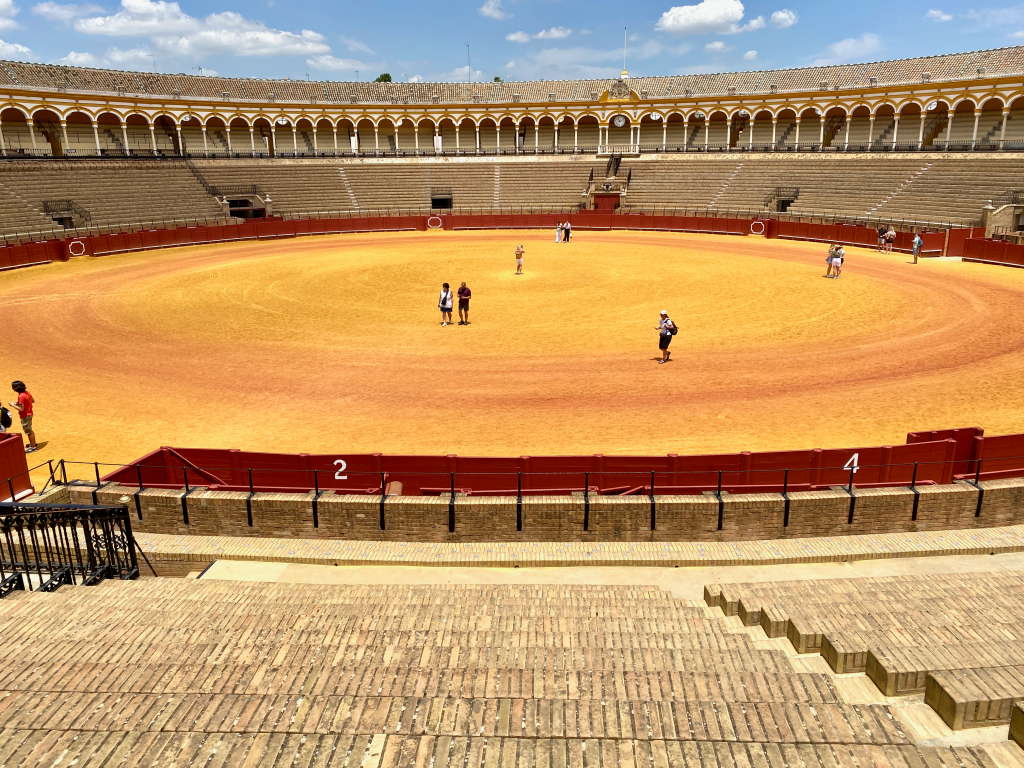
Flamenco
Again, one cannot come to Seville without seeing a Flamenco show. Flamenco is a type of dance developed on this region in the 18th century, and includes twirling and foot stamping along to the sound of flamenco guitar. We attended a Flamenco show, sitting in the front row, and it was exhilarating. The effort of all involved, the skill of the guitarist, dancers and singer were well worth the effort. Unfortunately, photos were not allowed to be taken inside, so this is one kindly provided by the web.
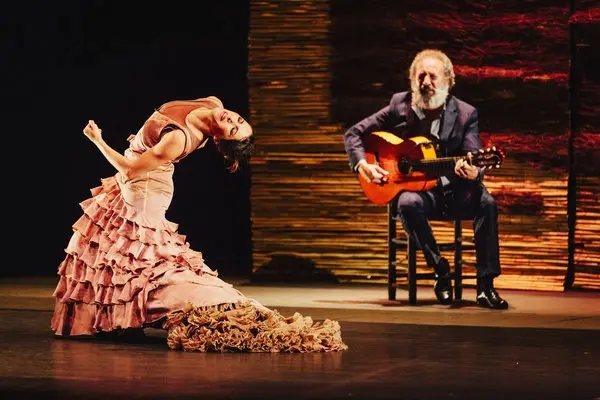
Day trip – The City of Cadiz
Staying in Seville a week, a road trip to the surrounding towns is a must. Renting a car is easy and the best way to get around at your own pace. Cadiz is a port city with great sandy beaches and is known to be one of the oldest continually inhabited cities in Western Europe. In the mid 1800s it took over from Seville as the major port in Southern Spain.
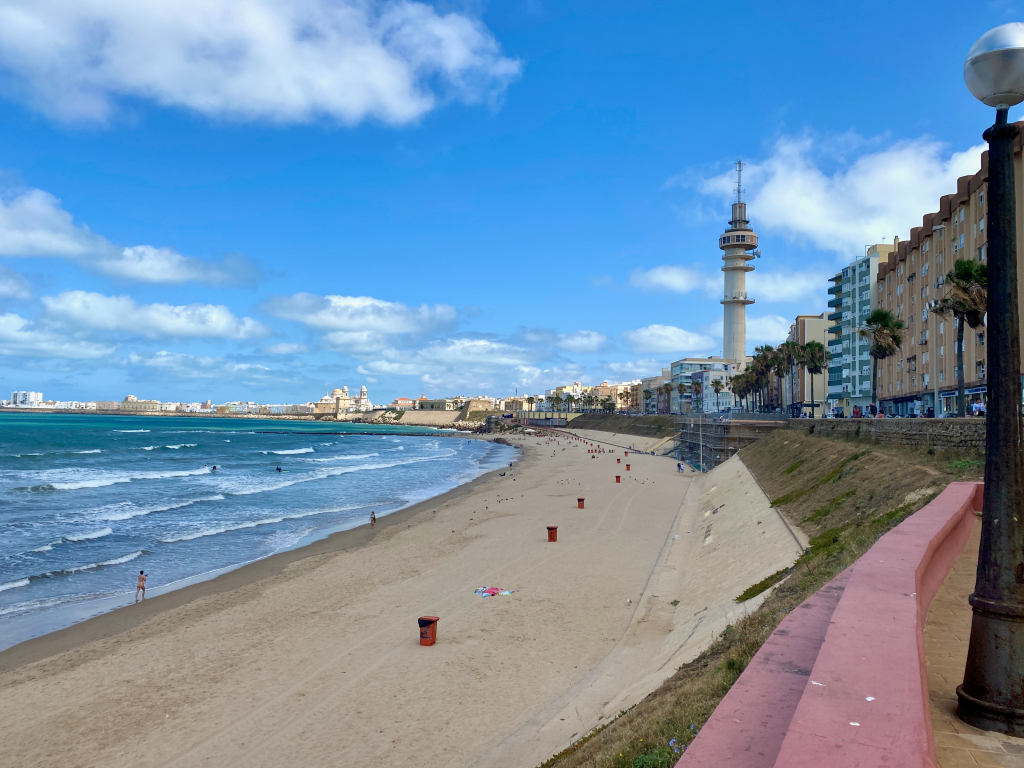
Day trip to Ronda
The small town of Ronda situated atop a mantle of rock is a location that must be seen to believed. It feels like a magical location with grand views across the olive groves.
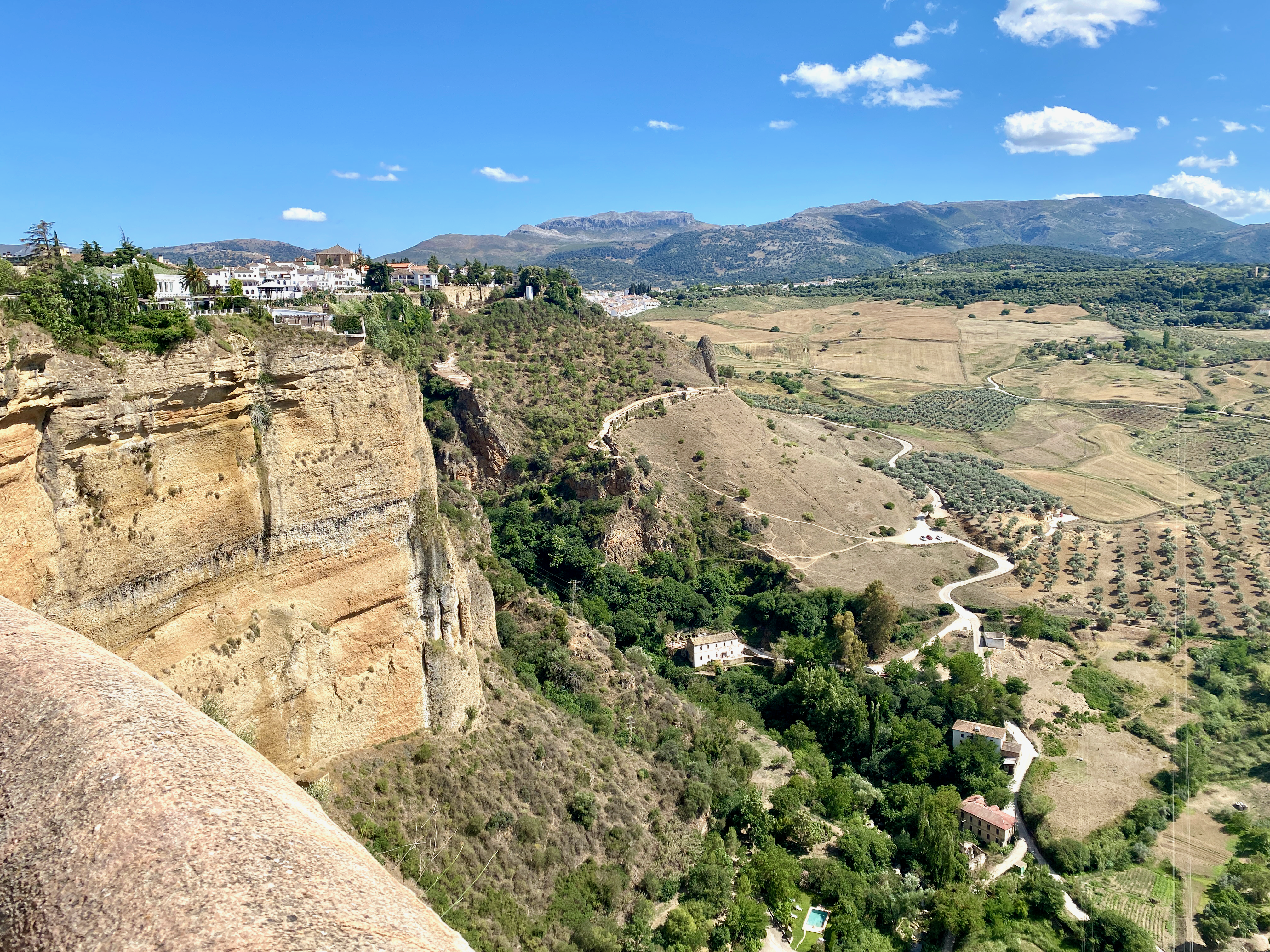
A new bridge between the two ends of the town was built with great arches crossing the river valley. And after walking from one end of town to the other to find the best view, we drove to the bottom of the valley to look up at it.
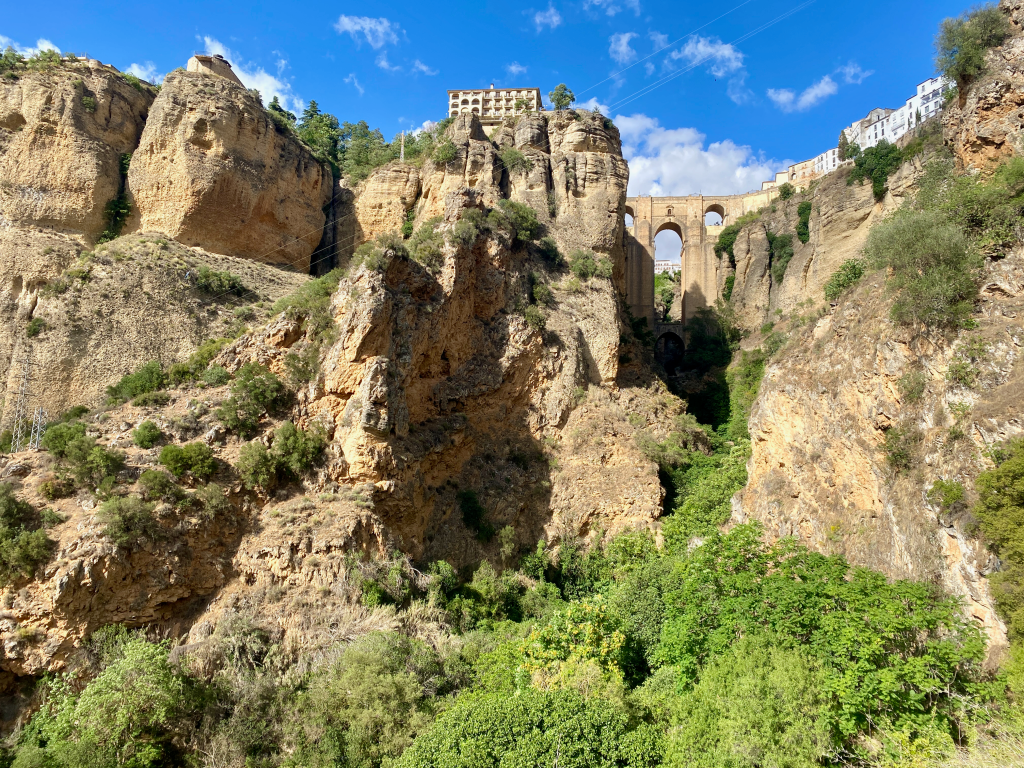
Impressions
Seville is well worth a week, and we enjoyed our time both in and out of the city. There’s plenty to see, along with the expansive culture and food. A definite locations for a revisit should I ever return to southern Spain.
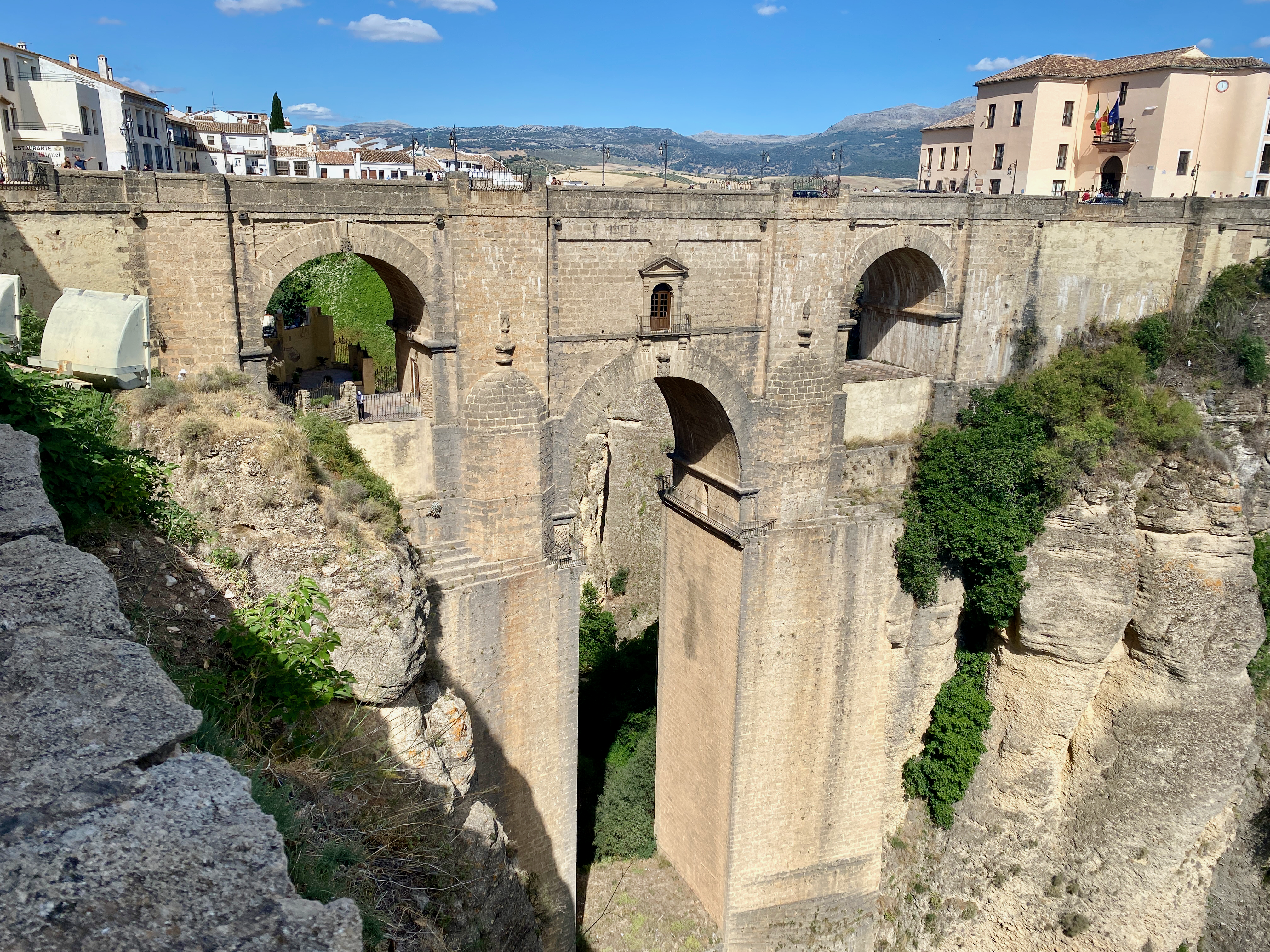
Next, I head down to Gibraltar to explore the rock.
The World Wanderer






